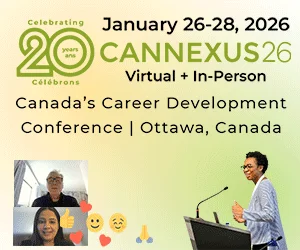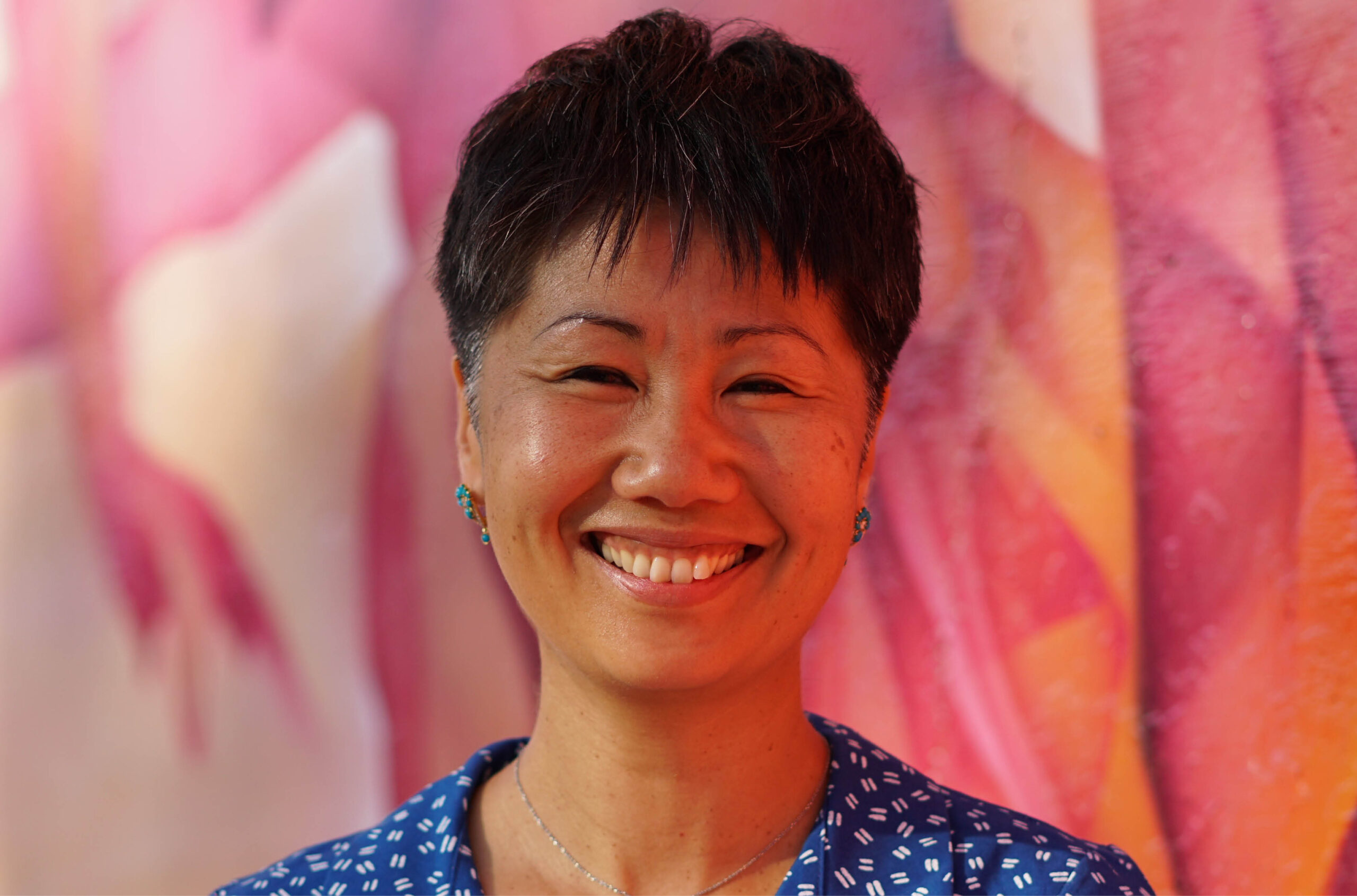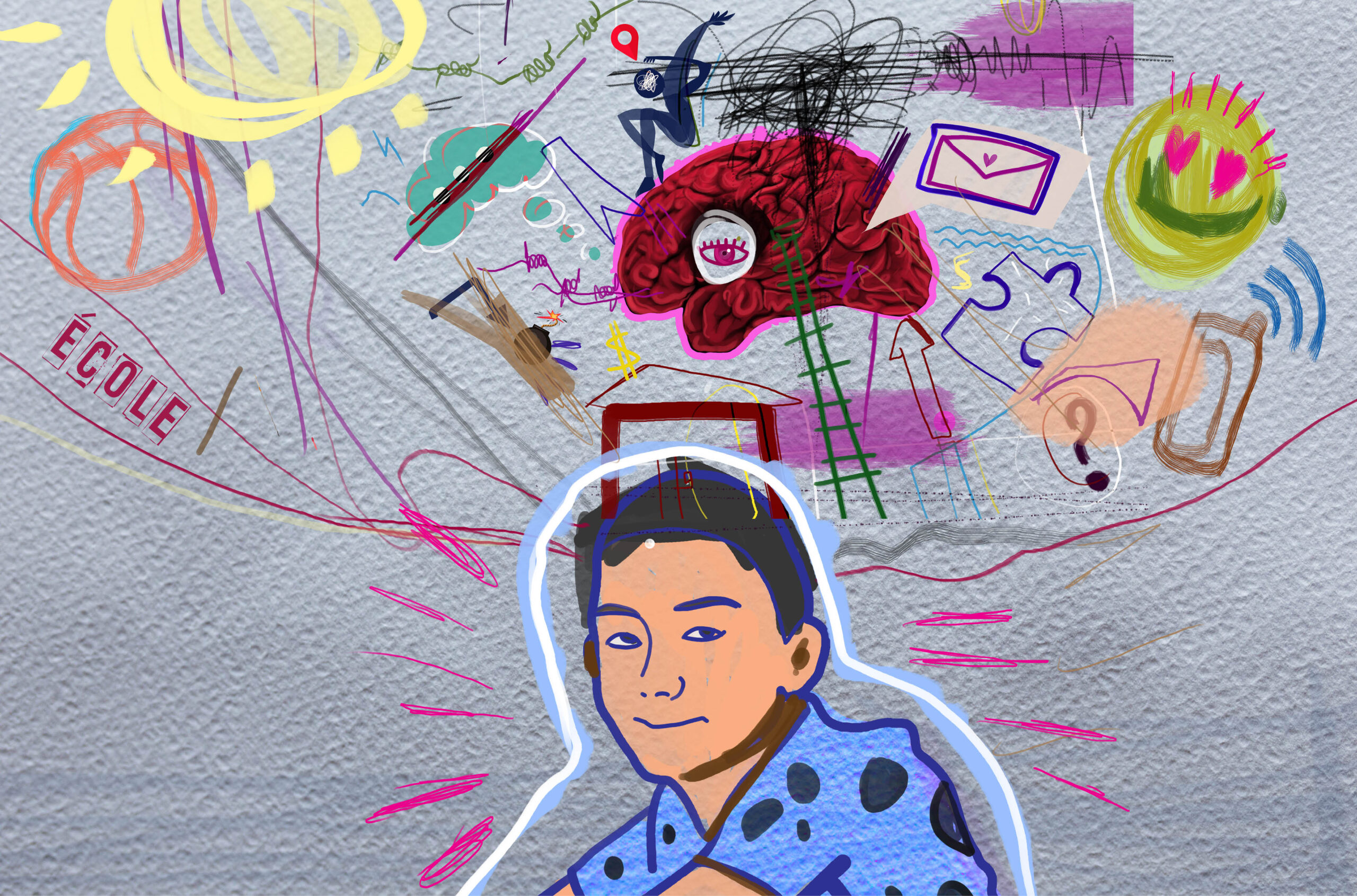The hidden curriculum and its impacts on students and educators
We need to reimagine our teaching practices.

“As a generally anxious student, I spent the summer of 2019 researching ‘How to survive your first year of university.’ I thought I was prepared. However, when I first heard a peer mention they were visiting office hours, I asked if they were in trouble. After they laughed and explained what office hours were, I was dumbfounded. How did this thing exist that I was completely unaware of?
Throughout my undergraduate degree, I encountered many aspects of the hidden curriculum, a phenomenon I only learned about recently. As a first-generation Canadian, I never questioned why students were expected to struggle and acquire unwritten academic skills without any formal teaching. Motivated by my parents’ sacrifices, I was determined to succeed, even at the expense of my own well-being. In retrospect, I wish I had realized that my struggles and my academic success were based on a multitude of factors, not all of which were in my control.”
– Asil El Galad, BMSc student, Western University
The definition of the hidden curriculum can vary based on the context in which it is used. However, the underlying concept remains the same: it refers to the unspoken lessons, messages, norms, values, and perspectives that students learn through their school experiences. The hidden curriculum is a pervasive aspect of higher education, but because its lessons are often implied and not explicitly taught, many are not aware it exists or that it can influence their experiences and outcomes as a student.
Despite its prevalence, the hidden curriculum can differ by program and institution, adding another layer of complexity. It is intimately connected with the formal curriculum, and we argue that it should not be thought of as a separate and distinct entity. As educators, we need to think creatively and reimagine our practices if we are going to effectively tackle the problem.
Although this curriculum is called “hidden,” its impacts are obvious and problematic, not only for students, but for the entire higher education ecosystem. Students don’t all undertake postsecondary studies with equal pre-existing knowledge and skills. Access to this information is heavily influenced by numerous factors such as a student’s culture, values, beliefs, and socioeconomic background meaning that students don’t have an equal opportunity to succeed. For instance, when it comes to oral presentations, it is common for students to rely on a script for support. However, many oral presentation rubrics assess various elements such as eye contact, pacing, voice inflection, and audience engagement. Consequently, students who rely on a script may be penalized for unintentionally failing to meet these specific requirements. Hence, is important for educators to provide explicit guidelines regarding the use of scripts during presentations and explain how it can impact the overall delivery.
The hidden curriculum can also promote perfectionism and competitiveness among students, increasing the pressure to succeed academically and socially and affecting a student’s mental health and well-being. Addressing the hidden curriculum could be a way to proactively support students.
For educators, unspoken expectations influence how they teach and interact with students, with implications for academic culture. In my experience, I have observed a misalignment of expectations and a growing mistrust between students and educators as a result, which negatively impacts both parties. A recent example of this occurred when postsecondary institutions returned to in-person learning following emergency remote teaching throughout the COVID-19 pandemic. Inevitably, education was disrupted, and it significantly impacted expectations. For many students, the concept of flexibility in teaching encompassing hybrid learning, online lectures, and open-book assessments, has been their sole experience in higher education. As a result, they may not have anticipated significant changes upon transitioning to in-person learning.
However, it is important to recognize that for many educators, the flexible measures implemented during the pandemic were intended as temporary adaptations. Therefore, the way we approach teaching and learning will need to change and evolve over time. The consequent incorporation of flexibility following the pandemic is a good reminder that students’ unique experiences will inform and dictate their expectations. Differing student and educator expectations is not a new issue in education, but it was amplified during the pandemic, and thus, creative solutions are needed to address this complex problem. We believe that by uncovering the hidden curriculum and being aware of the messages that are being communicated, academic institutions can actively work to create an environment that is inclusive, supportive, and fosters student and educator growth and development.
Educators are uniquely positioned to positively influence a student’s academic performance and mental health because, for many students, educators are a familiar and frequent figure that they interact with throughout a term. In addition, educators are aware of what a student needs to be successful in their course and can help students tailor their education to meet their current and future goals. This is where “Uncovering the Hidden Curriculum” comes into the conversation. In 2021, a group of educators collaborated on a cross-sector and cross-institution project to develop a set of resources for educators to embed directly within their curriculum. Ultimately, we believe that educators can and should use their platform to identify and strategically embed skills in their curriculum to support a student’s academic journey.
Since the launch of the site, early user feedback has revealed that many educators are motivated to embed skills in their curriculum; however, many are unsure where to get started. To tackle this problem, we have conceptualized the following framework, which allows educators to think about the ways they can embed skills in their curriculum. Educators can choose to incorporate all or some of this framework, which is structured from minimal to more intensive time commitment.
1. Model the skill
- Have transparent conversations with students about the skill and how it relates to their academics
- Share personal stories of your experiences and/or challenges with respect to the skill
2. Teach the skill
- Create a lesson that teaches students about the skill and how to develop it
- Introduce evidence-based resources that support development of the skill
3. Apply the skill
- Create opportunities for students to practice and develop the skill
- Assign tasks that assess development of the skill
An example of a hidden curriculum skill that many students would benefit from learning is time management. Therefore, using the framework above, educators could share the methods and approaches they use to manage their tasks (model the skill), introduce students to time management methods such as the Pomodoro technique (teach the skill), and/or have students include their time management plan when submitting an assignment (apply the skill).
We recognize that the journey to uncover the hidden curriculum is a difficult one. However, it all comes down to reflecting on our practices, and having empathy for one another. Providing effective support for students requires initiating conversations with them, and listening to what they have to say. Lastly, know that you are not alone – lean on your colleagues and peers, work together, and start small. Trust that these small, but impactful acts will lead to meaningful change.
It is critical that we provide students with the tools to uncover the hidden curriculum to enable them to become aware of its existence and understand its impact. Afterall, at some point, the hidden curriculum catches up with everyone.
Nicole Campbell is an associate professor at the Schulich School of Medicine and Dentistry at Western University. Asil El Galad is a bachelor of medical sciences graduate at Western.
Featured Jobs
- Education - Indigenous Lecturer or Assistant Professor, 2-year term (Teacher Education)Western University
- Business - Assistant Professor (Digital Technology)Queen's University
- Law - Assistant or Associate Professor (International Economic Law)Queen's University
- Psychology - Assistant Professor (Quantitative Methods / Data Science)MacEwan University
- Psychology - Assistant ProfessorSt. Jerome's University
















Post a comment
University Affairs moderates all comments according to the following guidelines. If approved, comments generally appear within one business day. We may republish particularly insightful remarks in our print edition or elsewhere.
3 Comments
This was such an insightful real! The hidden curriculum is definitely something I’ve come across in my own education and it is wonderful see it being addressed in a not-so-hidden way. Great work!
Perhaps it is a Canadian thing, but what are “visiting office hours”?
I am a little confused as to what this article is about. Obviously there are cultural differences for international students which can cause confusion. Also, obviously, these should be, as far as possible identified and made clear to the students. I was an international student at a Canadian university and one seemingly trivial question cased me difficulty: what size paper to submit my assignments on. I spent many hours, over weeks, trying to work this out. Eventually I came across P4, a Canadian paper size which was a compromise between US and European sizes. But after spending a lot of effort formatting for P4 and submitting, I discovered no one in Canada actually used it.
There are two ways I deal with the hidden curriculum with my international students. One is, obviously, making it part of the assessed formal curriculum. I help teach studnts to write a job application, which is a skill they normally don’t formally learn. The other way is with work integrated learning, where studnts can learn unwritten rules in the workplace.
The read was very insightful. Thank you